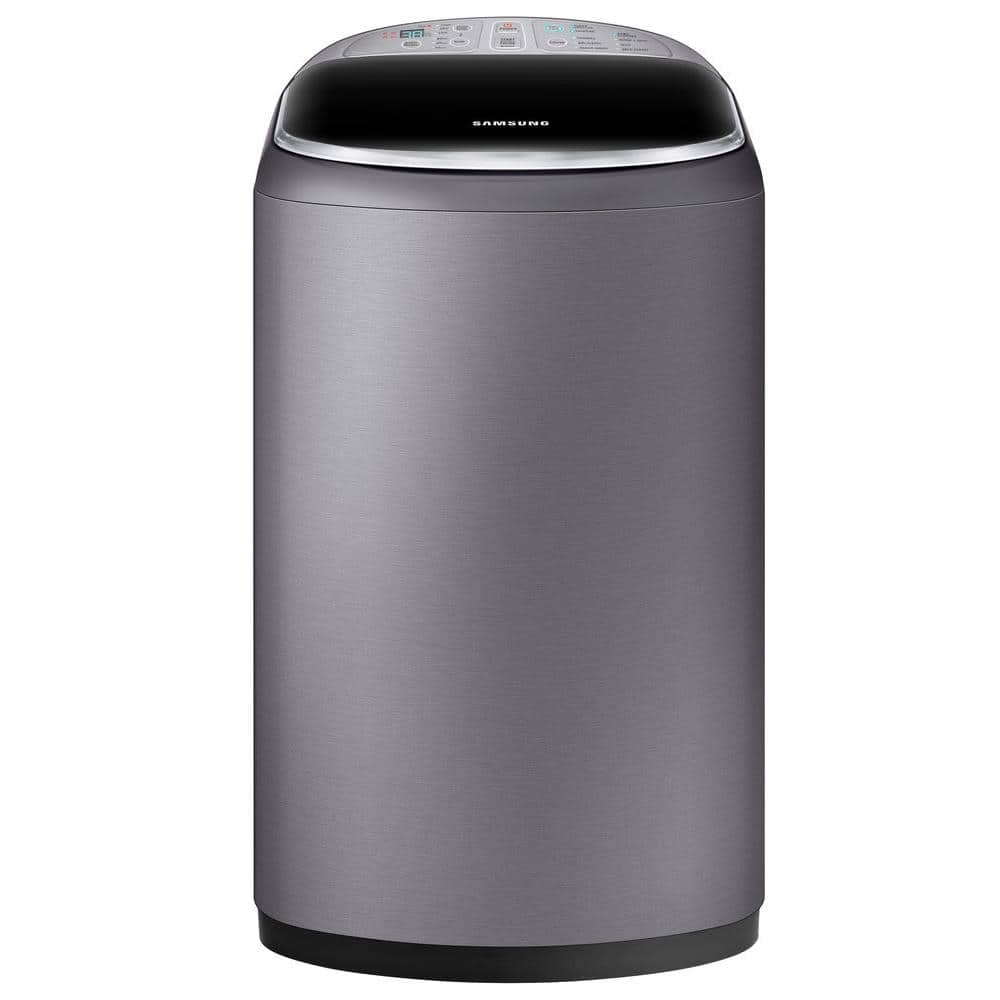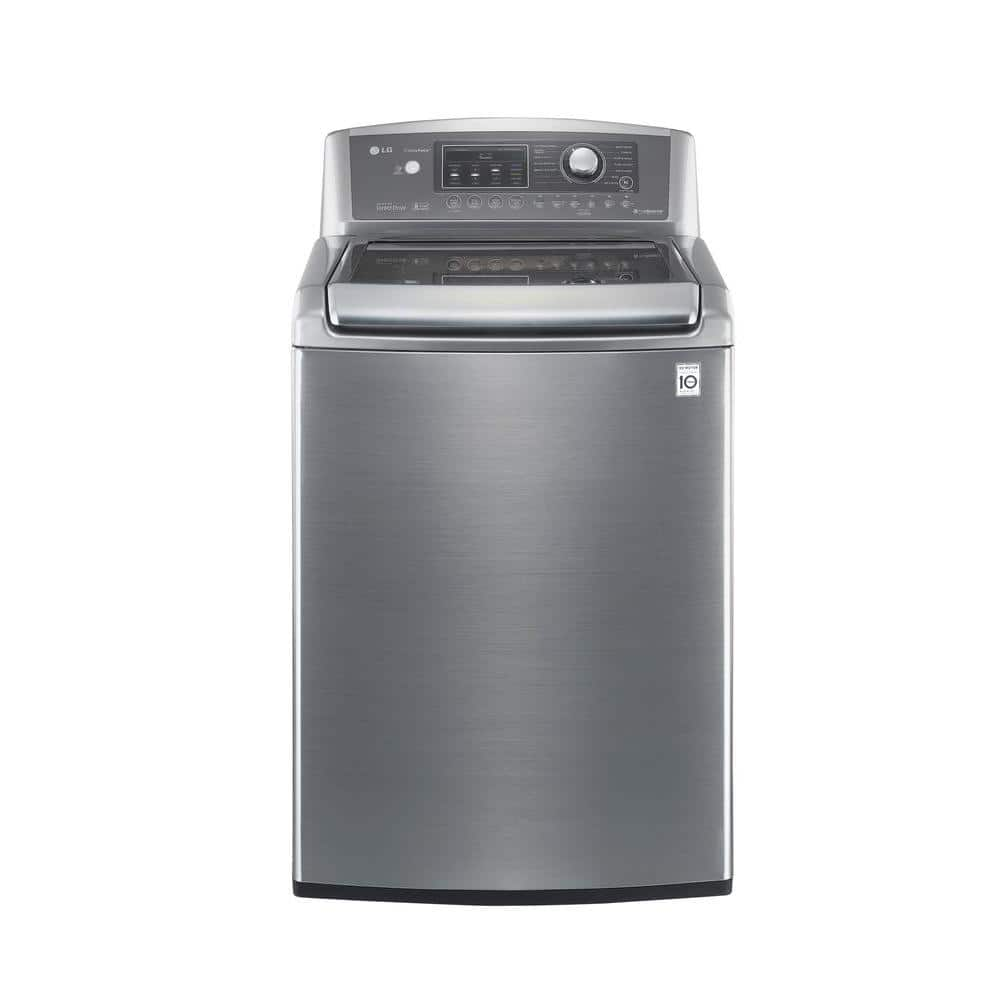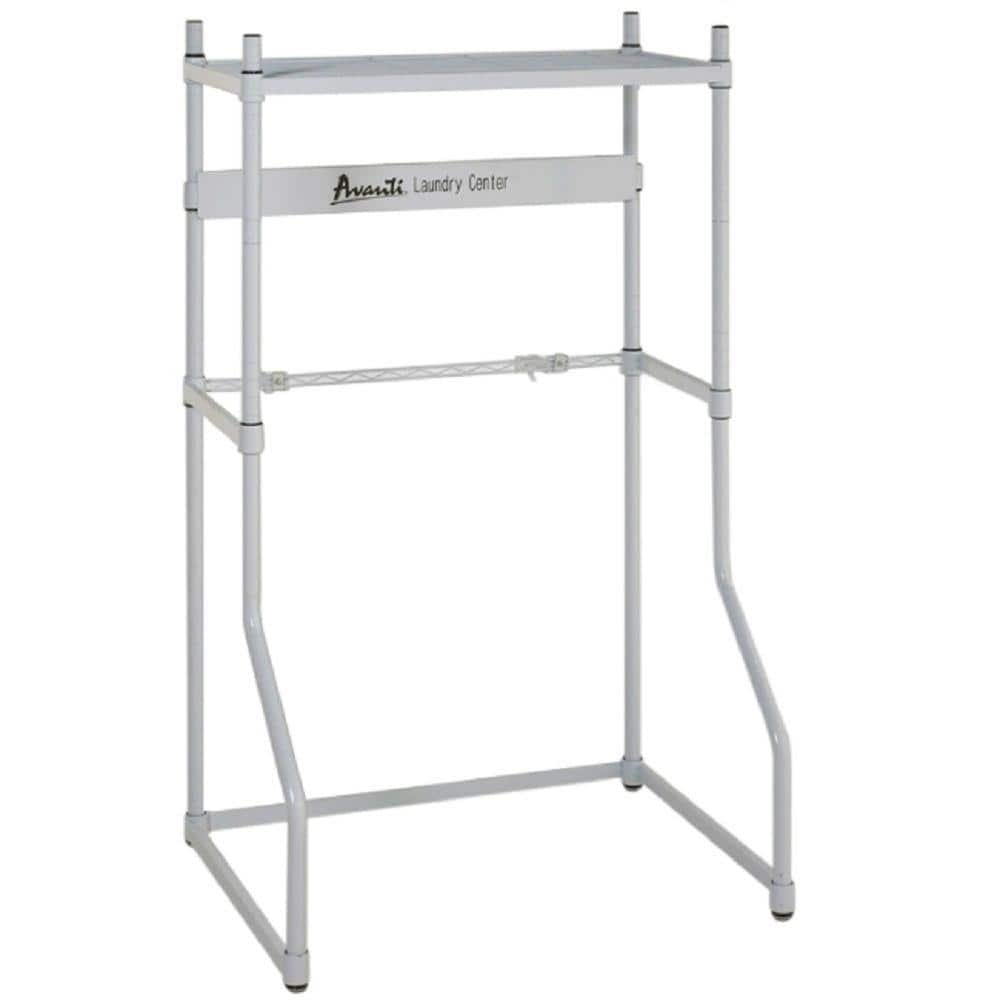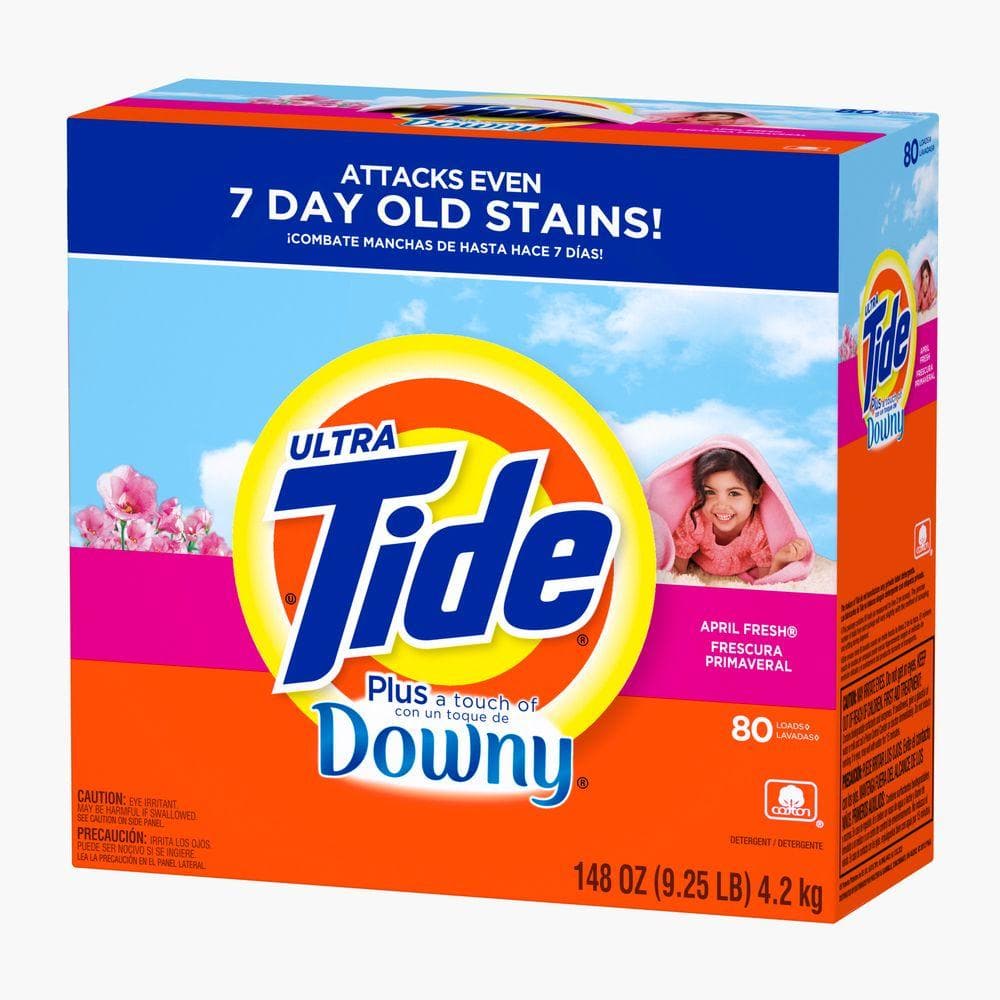Types of Washing Machines

Last updated December 7, 2023
The best washing machine for you depends on your budget and laundry habits. On average, an American family does over 300 loads of laundry every year. An efficient washer can make these tasks easier and more economical. A variety of washing machine models, sizes and features are available. Use this washing machine buying guide to learn about different types of washing machines, plus installation tips and more.
Table of Contents
Uses of Washing Machines
Analyze Your Washer Needs
How to Know When to Buy a New Washing Machine
Types of Washing Machines
High-Efficiency Top-Load Washers
Front-Load Washers
Uses of Washing Machines

A washing machine can do more than clean a load of clothes. Many models have specialized settings, that can sanitize towels, bathmats and bedding. You can refresh clothing before wearing it again or rid sofa cushions of dust. If you wash a lot of delicate items, such as lingerie, the best washing machine for your needs must have a delicate or hand wash cycle. Look for a heavy soil cycle if you often wash very dirty items like sports uniforms or work uniforms. Check your machines have cycles for large or bulky items, such as a king-sized comforter or towels. Some washers have allergen cycles to remove dust mites, pollen and other substances that cause allergic reactions.
Analyze Your Washer Needs

Think about what you wash and how often. Consider which washer features you need. Compare how different types of washing machines stack up. Here are the most important things to keep in mind before you go shopping:
Capacity
- Estimate how many loads of laundry you do and how often. The right capacity washer can save time and water. Capacity is how much laundry a machine can hold and still perform well. Overloading a machine can also damage it and cause costly repairs. For example, a top-loading washer with 3.5 cubic feet can wash up to 12 pounds of laundry. On the average, a family of four needs a machine with 4 or more cubic feet of capacity.
Features
- Compare the features of different washing machines. If you often add more clothes after a cycle starts, choose a machine with a laundry-add option. Look for a wrinkle-free feature if you leave laundry in the washer for a while after the cycle finishes. It will give your clothes a quick tumble now and then to prevent wrinkles. Other convenient features can include steam cleaning, automatic sorting and anti-stain cycles. Before you shop, jot down a list of must-have features.
Water and Energy Usage
- Look for an ENERGY STAR Label on the top-load or front-load washer you’re considering. Energy Star Certified washers use about 33 percent less water and 25 percent less energy than traditional machines. They also come with bigger tubs, so you can do fewer loads.
Tip: Always set a budget before you start shopping. The price range for a washing machine can go from a few hundred to thousands of dollars.
How to Know When to Buy a New Washing Machine

Below are a few things that can signal that you need a new washer:
- If the size of your family has changed or you need more capacity and special features.
- If your machine leaks, makes a lot of noise or has mold or mildew, you can try to repair it or get a new one. Check your warranty and see what’s covered. In many cases, it’s more budget-friendly to get a new washer than fix an old one.
- If your washer is over ten years old, you can save money by buying a new one. According to Energystar.gov, consumers spend about $7.4 billion annually on water and energy to run older washers. Energy Star Certified washers save money and help prevent over 19 billion pounds of greenhouse gas emissions each year.
Tip:
If you’re replacing your washer, consider buying a new dryer as well.
Types of Washing Machines

The most popular types of washing machines are top-load and front-load models. You can also buy combined styles. Each type of machine has its own advantages and disadvantages. Combined washer-dryer sets are good for small spaces but may not have many features. Front load washers can have more features but require a higher upfront investment. Top-load agitators are generally more budget-friendly but also have a smaller capacity.
High-Efficiency Top-Load Washers

Below are some advantages and disadvantages of both high-efficiency (HE) and agitator top load machines:
High-Efficiency (HE) top-load washers don’t use agitators. They have impellers, or rotating devices, to wash clothes.
Pros:
- Large capacity tubs and faster spin cycles
- Gentler on clothes than agitating machines
- Uses less water than front loaders for the same size loads, energy efficient
- Can be easier to access and clean lint filter regularly
Cons:
- Require special HE detergents
- Longer wash cycles
- Higher upfront investment
Standard top-load machines have an agitator or post in the center of its tub. This agitator moves clothes around to clean them. Top load machines are more budget-friendly than front-loading washing machines.
Pros:
- Large capacity tubs make them ideal for large families
- Easy to load and unload
- Budget friendly
Cons:
- Use more water, less energy efficient
- Noisier than front-load machines
Front-Load Washers

Front-load washing machines use a horizontal drum that rotates to clean clothes. They do not have agitators. Advantages and disadvantages include:
Pros:
- High-efficiency (HE) and use low-water levels to wash and rinse
- More energy-efficient than top-loading washing machines
- Clean clothes by moving them around, gentler on laundry
Cons:
- Can’t add more clothes once a cycle starts
- Bending down to load or unload clothes
- Can develop mold or mildew
Stackable Washers

If your space is tight, the best washing machine for your needs may be a stackable front-loader. You can put a dryer on top of this kind of washer if the models are compatible. If you stack your appliances, make sure you can still reach the controls. A compatible stacking kit, sold separately, helps ensure the washer and dryer stay securely in place.
Pros:
- Space-saving design
- Ideal for small homes, apartments & condos
- Available in both front-loading and top-loading models
- Often have a built-in dryer
Cons:
- Smaller loads
- Can vibrate and make more noise
- Can require more maintenance
Portable Washers

Portable washers are useful for small spaces that can’t accommodate a full-size washer. Most have adapters that let you use a faucet as a water source, and the extracted water drains into a sink. When not in use, many portable washers can be wheeled out of sight for storage. Portable or compact washers typically have a smaller load capacity than other types of washers, but they can be ideal for a one or two-person household.
Pros:
- Compact and lightweight
- Easily be moved
- Perfect for small spaces like dorm rooms
- No special water and electricity hookups
- Budget-friendly
Cons:
- Can only wash small loads
- Takes longer to complete a cycle
- Nosier
Washer/Dryer Combos

A washer/dryer combination is one appliance that washes and dries clothes. Some models can fit into a laundry area the size of a small closet and are ideal for apartments or one or two-person households. Since all the laundry is washed and dried in the same machine, they make laundry day easier. You don't have to move heavy, damp items from one unit to another. Some washer/dryer combos do not need to be vented outside. Others do require outside venting. Most take longer to dry laundry than separate dryers.
Pros:
- Space-saving
- Easy installation
- Wash and dry in one cycle
- Energy-efficient
- Higher upfront investment
Cons:
- Longer wash and dry cycles
- No washing and drying clothes at the same time
- Either both functions work or neither works
Compact Washing Machines

With a foot or two of cubic feet, compact washing machines are small and a good option for limited space. They offer high-efficiency cleaning and the ease of a top-load design. They are both energy efficient and budget friendly. Compact washing machines can be stackable to save even more space. Despite their small size, they can have must-have features such as varying spin cycle speeds, temperature settings and wash-cycle options. Depending on its size and model, one load can be between 2-7 pounds of clothes.
Pros:
- Space-saving
- Energy and water-efficient
- Lightweight
- Low maintenance
- Available in top-loading and front-loading models
Cons:
- Not good for large families or groups
- May require more frequent loads
- Limited features
- Can be noisy
Laundry Centers

Laundry centers have a separate washer and dryer built into one cabinet. These combos also make it easy to move clothes from one appliance to the other one. The dryer is usually on top, with a front-load washer underneath. While laundry centers are usually bigger than washer/dryer combos, they can also be a good choice for small spaces. Laundry centers feature multiple temperature settings. Many models have special wash and dry cycles that let you do a load in one cycle.
Washing Machine Features & Options

Washing machines come standard with basic features and options. Below are some other features that can make laundry day easier. Keep in mind that machines with multiple features can require more upfront investment than standard washers.
- Smart washers connect to your home Wi-Fi system, so you can control them through an app on a tablet or other mobile device. For example, you can set your smartphone to notify you when a wash cycle is complete.
- An end-of-cycle signal alerts you to when clothes are finished. This lets you put them into a dryer before wrinkles set.
- A stainless-steel tub resists rusting, which can help your washer last longer. A stainless-steel tub withstands the higher spin speeds found in HE washers and can also help protect your clothes from snagging.
- Automatic dispensers mean you don’t have to go back to your washer each time another laundry additive is needed. Some automatic dispensers store multiple loads of detergent, fabric softener and bleach and dispense them at the proper times in the wash cycle.
- An automatic temperature control panel or button adjusts the water temperature to the recommended setting for the wash cycle you select.
- An optional extra rinse cycle helps remove soap residue and pet hair on clothes, which is especially helpful for those with sensitive skin or allergies. This signal alerts you when a wash cycle is complete, so you can move clothes to the dryer before wrinkles have time to set.
- A steam feature puts steam into the washing machine. The steam can be added at different points in the washing process. Some machines add steam while the water is being added to the tub, during the wash cycle and/or after washing, which helps sterilizes your laundry and remove wrinkles.
- Some washers have a stain removal guide or panel. Select the type of stain you need to remove, such as grass, dirt or wine. The machine then automatically adjusts to the recommended soil and temperature settings.
Installation Checklist

Make the delivery and installation of your new washer go smoothly. Check for the following requirements:
Space
- Width: Allow at least an inch all around the washer and dryer so air can circulate properly. This can also help reduce the noise when they’re running.
- Depth: Add about six inches of space to the depth of the washer to accommodate the hookups and door clearance. If there’s not enough room for the hose, they may kink and water won’t flow in and out properly. For a front-loader, measure how far the door swings out and check for clearance.
- Height: Top-load models should have at least 20 inches of clearance above the door of the machine. Allow yourself room to load and unload.
- Measure door widths to make sure the washer can fit into and through your home.
Floor
- Ideally, a washer should be installed on a perfectly flat floor. Most floors aren’t perfectly flat, but yours should have no more than a one-inch slope. If the washer is being installed on an upper floor, make sure the floor is reinforced to support the weight of the machine. Water is heavy, so allow for a full machine.
Connection Requirements
- Hot and cold water lines within three feet of the washer hookups
- A 3- or 4-prong power cord
- A wastewater drain connection
- 3-prong plugs (if home was built before 2000)
- 4-prong plugs (if home was built after 2000)
When you add professional installation to your new appliance purchase from us, the delivery agent will bring both types of cords to make sure you have the one you need.
Tip: If you chose to not get professional installation from us, your new washer comes with a 4-prong cord only. If needed, you’ll have to buy your own 3-prong cord or connector adapter.
Buying a new washing machine is one of your biggest home investments. There are many types of washing machines, so you’re sure to find one for you. Think about family size, space, budget and which features matter most to you.
When you’re ready for a new machine, The Home Depot can help with truck rental. From pickups and vans to moving trucks, we've got you covered. Don't want to rent? The Home Depot also delivers online orders when and where you need them. Just say when, where and how.
If you decide not to install the washer yourself, we can connect you to our washer installation professionals.




































